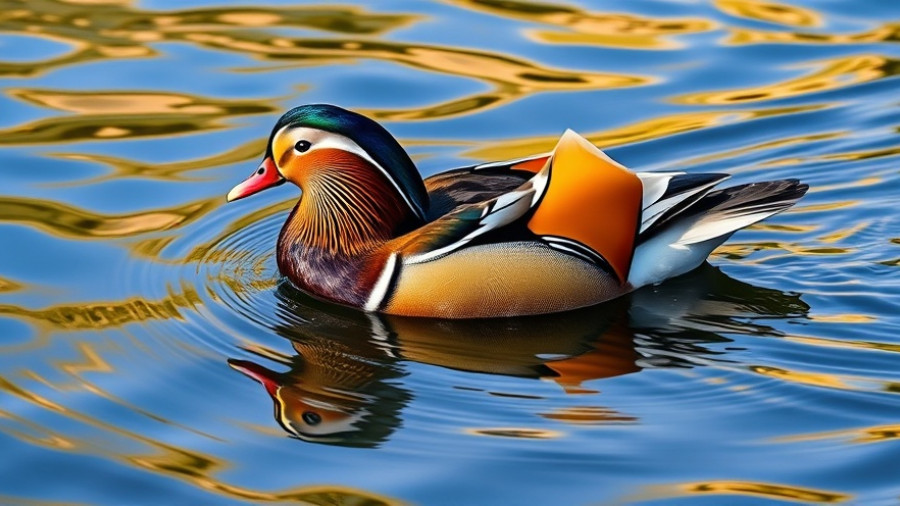
How American Robins Master the Art of Parenting
American robins, known for their vibrant orange-breasted plumage and melodious songs, exhibit remarkable parenting strategies that reflect the fast-paced rhythms of nature. Remarkably, these birds can raise multiple broods in the same season, displaying a concert of nurturing that captivates birdwatchers and casual observers alike.
A Quick Overview of the Breeding Cycle
After the male and female robins mate, the countdown to parenthood begins. Within just eight days, the female builds a nest from grass, mud, and twigs. Shortly after, she lays a clutch of four eggs, which she incubates for about 18 hours a day. After approximately three weeks of patient waiting, the eggs hatch, revealing tiny, hungry nestlings. It’s during this phase that the demands of parenthood intensify. Both parents engage in a feeding frenzy, providing their chicks with an astonishing 40 meals each day!
From Nestlings to Independence
Once fledging occurs, typically within 14 days post-hatching, the young robins leave the nest, but parental care doesn’t end immediately. For an additional three weeks, the adults continue to feed their offspring as they learn to fend for themselves. Yet, remarkably, the cycle doesn’t conclude here. With such swift productivity, many robins accomplish a second or even third brood before summer wanes, epitomizing resilience and industriousness.
Implications of Swift Parenting in Robins
This rapid reproductive strategy not only showcases evolutionary efficiency but also reflects significant adaptations to environmental pressures. In a world filled with predators and changing climates, the ability to produce multiple broods enhances the chances of species survival. Understanding this aspect of robins can deepen our appreciation for avian challenges and triumphs.
As the seasons change and you spot these distinctive birds, consider the intricate processes they engage in and their crucial role in the ecosystem. Observing robins can be a splendid reminder of the relentless pace of nature and the uninterrupted cycle of life.
 Add Row
Add Row  Add
Add 




Write A Comment